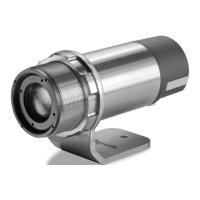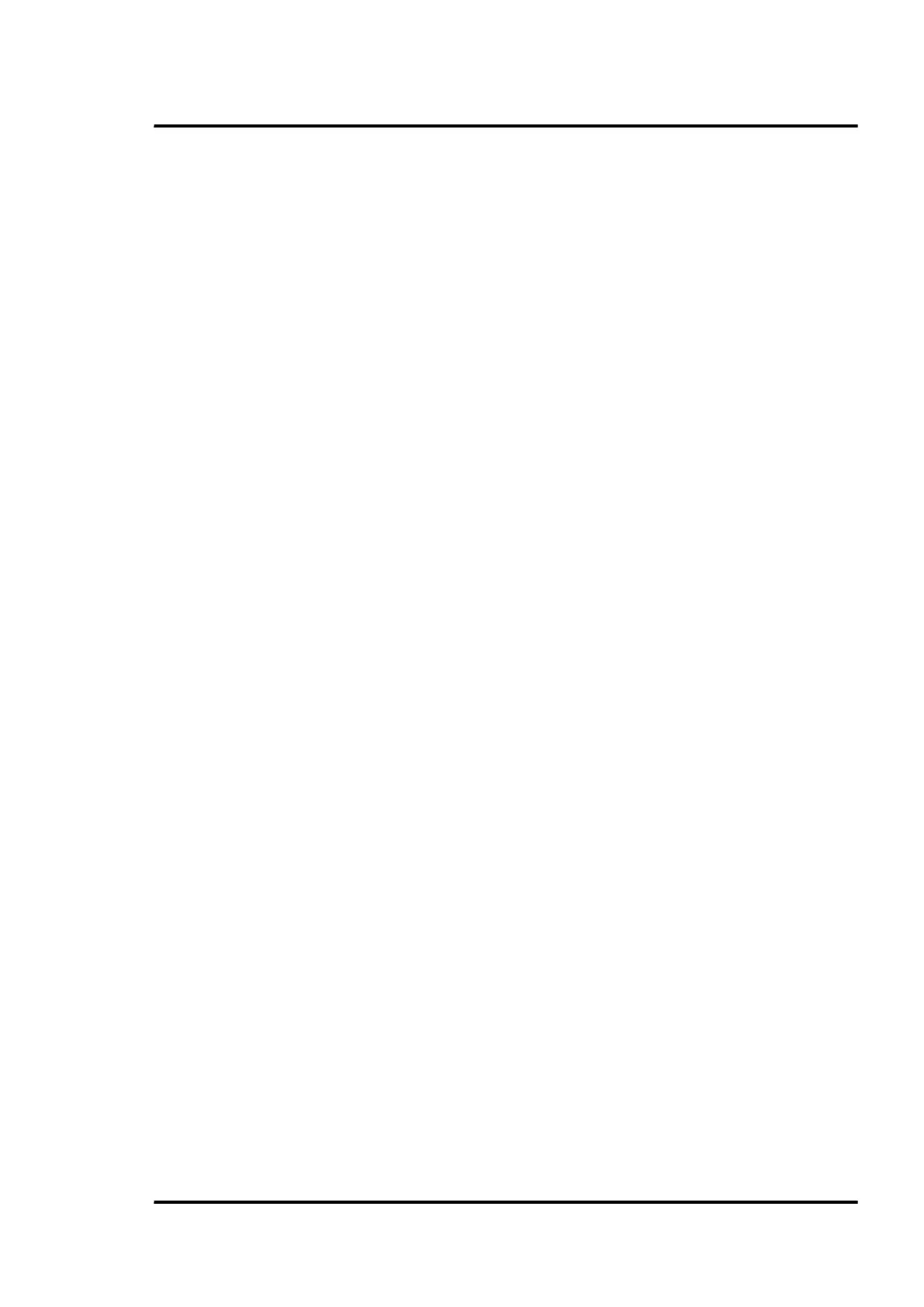Tab. 14: Typical Emissivity Values
To optimize surface temperature measurements, consider the following guidelines:
Determine the object emissivity using the instrument which is also to be used for the
measurements.
Avoid reflections by shielding the object from surrounding temperature sources.
For higher temperature objects use instruments with the shortest wavelength possible.
For translucent materials such as plastic foils or glass, assure that the background is uniform
and lower in temperature than the object.

